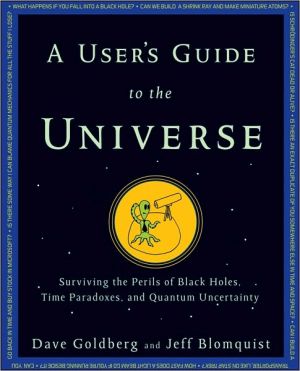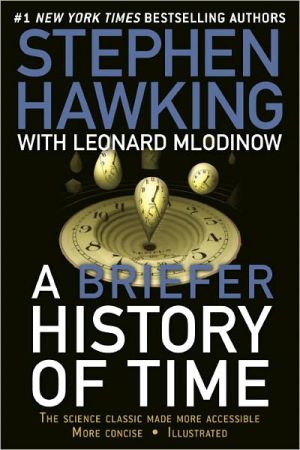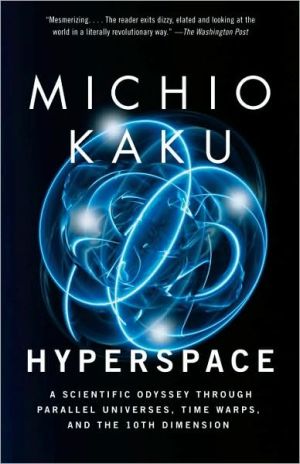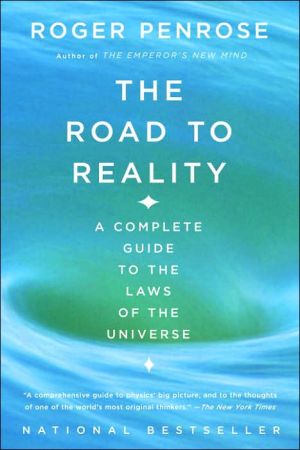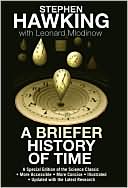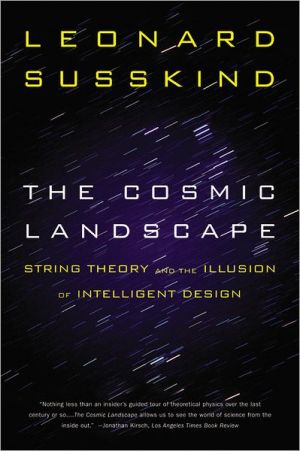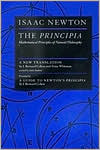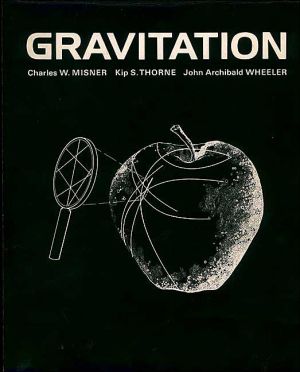A User's Guide to the Universe: Surviving the Perils of Black Holes, Time Paradoxes, and Quantum Uncertainty
"What a delightful book! It pulls no punches—or punch lines—in explaining all the fun topics in physics and cosmology. From quarks to quasars, from electrons to extraterrestrials—it's all here. Whether you are interested in how to build a time machine or a transporter, or would like to know why curiosity killed Schrödinger's Cat, you will find clear and memorably illustrated explanations. I highly recommend this book to anyone interested in the recent exciting developments in physics and...
Search in google:
If you head off in a spaceship traveling at nearly the speed of light, what horrors await you when you return? Can you change reality just by looking at it? Is it possible to build a Star Trek–type transporter or a working time machine? Why would we build a billion-dollar particle accelerator that Nostradamus and the Mayan calendar have clearly predicted will destroy Earth? Can you be in two places at once? Or three? Or three thousand? If you, or someone you know, live in the universe, you can't afford to remain in ignorance any longer. You need to know the answers to these questions—and most of them will surprise you. In A User's Guide to the Universe, physicists Dave Goldberg and Jeff Blomquist make good on two promises: you'll get answers and you won't have to decipher any equations to understand them. (Well, maybe just one very short and very familiar equation.) This quirky and fun book takes you on a fascinating tour of the universe as we know it by asking (and answering) weird and provocative questions on subjects as diverse as special relativity, quantum mechanics, randomness, time travel, the expanding universe, and much more. You'll discover: How fast a light beam travels if you're running beside it Whether God does, in point of fact, play dice with the universe What happens if you fall into a black hole What lies outside the universe What happened before the Big Bang What dark matter might be And much, much more Complete with the funniest footnotes you've ever seen in a physics book and dozens of charmingly absurd yet helpful illustrations, A User's Guide to the Universe turns mind-blowing science into enjoyable, comprehensible, and fascinating reading. Publishers Weekly With a large measure of humor and a minimum of math (one equation), physics professor Goldberg and engineer Blomquist delve into the fascinating physics topics that rarely make it into introductory classes, including time travel, extraterrestrials, and "quantum weirdness" to prove that physics' "reputation for being hard, impractical, and boring" is wrong by at least two-thirds: "Hard? Perhaps. Impractical? Definitely not... But boring? That's where we really take issue." Breaking up each topic into common sense questions ("How many habitable planets are there?" "What is Dark Matter?" "If the universe is expanding, what's it expanding into?"), the duo provides explanations in everyday language with helpful examples, analogies, and Blomquist's charmingly unpolished cartoons. Among other lessons, readers will learn about randomness through gambling; how a Star Trek-style transporter might function in the real world; and what may have existed before the Big Bang. Despite the absence of math, this nearly-painless guide is still involved and scientific, aimed at science hobbyists rather than science-phobes; it should also prove an ideal reference companion for more technical classroom texts. 100 b&w photos. Copyright © Reed Business Information, a division of Reed Elsevier Inc. All rights reserved.
Click to read or download
1 Special relativity 72 Quantum weirdness 333 Randomness 674 The standard model 895 Time travel 1316 The expanding universe 1657 The Big Bang 1998 Extraterrestrials 2359 The future 253Further reading 281Technical reading 283Index 291
\ Publishers Weekly - Library Journal\ With a large measure of humor and a minimum of math (one equation), physics professor Goldberg and engineer Blomquist delve into the fascinating physics topics that rarely make it into introductory classes, including time travel, extraterrestrials, and "quantum weirdness" to prove that physics' "reputation for being hard, impractical, and boring" is wrong by at least two-thirds: "Hard? Perhaps. Impractical? Definitely not... But boring? That's where we really take issue." Breaking up each topic into common sense questions ("How many habitable planets are there?" "What is Dark Matter?" "If the universe is expanding, what's it expanding into?"), the duo provides explanations in everyday language with helpful examples, analogies, and Blomquist's charmingly unpolished cartoons. Among other lessons, readers will learn about randomness through gambling; how a Star Trek-style transporter might function in the real world; and what may have existed before the Big Bang. Despite the absence of math, this nearly-painless guide is still involved and scientific, aimed at science hobbyists rather than science-phobes; it should also prove an ideal reference companion for more technical classroom texts. 100 b&w photos. \ Copyright © Reed Business Information, a division of Reed Elsevier Inc. All rights reserved.\ \ \ \ \ From the PublisherWith a large measure of humor and a minimum of math (one equation), physics professor Goldberg and engineer Blomquist delve into the fascinating physics topics that rarely make it into introductory classes, including time travel, extraterrestrials, and "quantum weirdness" to prove that physics' "reputation for being hard, impractical, and boring" is wrong by at least two-thirds: "Hard? Perhaps. Impractical? Definitely not... But boring? That's where we really take issue." Breaking up each topic into common sense questions ("How many habitable planets are there?" "What is Dark Matter?" "If the universe is expanding, what's it expanding into?"), the duo provides explanations in everyday language with helpful examples, analogies, and Blomquist's charmingly unpolished cartoons. Among other lessons, readers will learn about randomness through gambling; how a Star Trek-style transporter might function in the real world; and what may have existed before the Big Bang. Despite the absence of math, this nearly-painless guide is still involved and scientific, aimed at science hobbyists rather than science-phobes; it should also prove an ideal reference companion for more technical classroom texts. 100 b&w photos. (Mar.) (PublishersWeekly.com, March 29, 2010)\ "If you've ever wondered what happened before the big bang or where the universe is expanding, then the new book A User's Guide to the Universe is for you. A hilariously serious journey through all the big questions (Can I build a time machine?) with answers from real-life physicist David Goldberg and sly illustrator Jeff Blomquist, this indispensable window on modern science makes a great nonfiction companion to the beloved, A Hitchhiker's Guide to the Galaxy." (Christian Science Monitor)\ \ \
